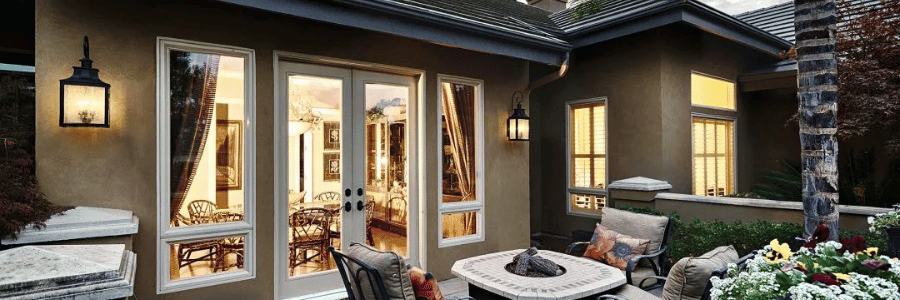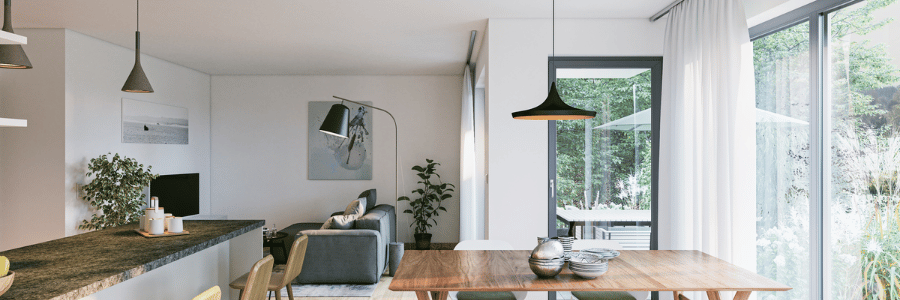Choosing the right windows for your home involves more than just selecting a design that complements your aesthetic. It’s crucial to consider your home’s climate zone to ensure optimal performance, energy efficiency, and comfort. Different climates present unique challenges, from intense heat to extreme cold, and the right windows can make a significant difference in how your home feels and functions. Here’s a guide to help you choose the perfect windows for your home’s climate zone.

Understanding Climate Zones
Before diving into window selection, it’s essential to understand the climate zone you live in. Climate zones in the United States are generally categorized into five types:
- Cold Climate: Characterized by long, harsh winters and short summers.
- Mixed Climate: Experiences both hot summers and cold winters, requiring windows that perform well in both conditions.
- Hot Climate: Defined by long, hot summers and mild winters.
- Marine Climate: Found in coastal areas with mild, wet winters and cool summers.
- Hot-Humid Climate: Known for high temperatures and high humidity levels throughout the year.
Choosing Windows for Cold Climates
In cold climates, the primary goal is to retain heat within the home while minimizing heat loss. Here’s what to look for:
- Double or Triple Glazing: Multi-pane windows with double or triple glazing create an insulating barrier that helps retain heat.
- Low-E Coating: Low-emissivity (Low-E) coatings on glass reflect heat back into the room while allowing sunlight to pass through, keeping interiors warm.
- Argon or Krypton Gas Fills: These inert gases between panes provide better insulation than air, further reducing heat loss.
- High R-Value: R-value measures the window’s resistance to heat flow. Higher R-values indicate better insulation properties.

Choosing Windows for Mixed Climates
Mixed climates require windows that can handle both extremes of hot and cold. Versatility and adaptability are key:
- Low-E Coating: Low-E coatings are beneficial in both retaining heat during winter and reflecting heat during summer.
- Double Glazing: Double-glazed windows offer balanced insulation for varying temperatures.
- Energy Star Certified: Look for windows that meet Energy Star requirements for your region, ensuring they are suited for both heating and cooling needs.
- U-Factor and SHGC: Choose windows with a low U-factor (better insulation) and an appropriate Solar Heat Gain Coefficient (SHGC) that balances heat gain and loss.
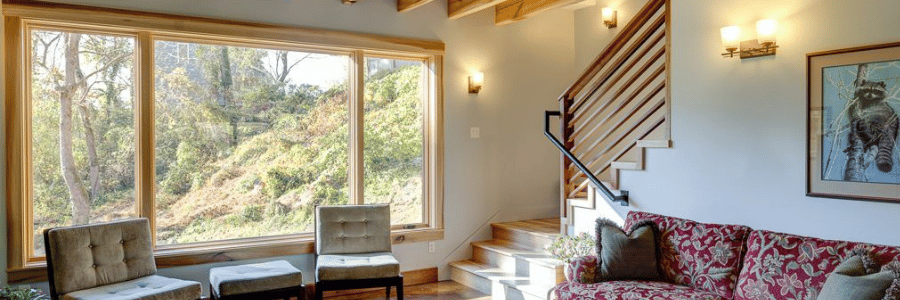
Choosing Windows for Hot Climates
In hot climates, the focus is on keeping heat out and maintaining a cool indoor environment:
- Low SHGC: Windows with a low Solar Heat Gain Coefficient reduce the amount of heat that enters the home, keeping interiors cooler.
- Spectrally Selective Coatings: These coatings allow light to enter while blocking infrared heat, maintaining brightness without the associated heat.
- Tinted Glass: Tinted windows can help reduce glare and heat transmission, making indoor spaces more comfortable.
- Insulated Frames: Window frames made of materials with low thermal conductivity, such as vinyl or fiberglass, help reduce heat transfer.
Choosing Windows for Marine Climates
Marine climates require windows that can withstand high humidity, salt air, and frequent rain:
- Corrosion-Resistant Materials: Opt for window frames made of vinyl, fiberglass, or aluminum with protective coatings to resist corrosion.
- Sealed and Weatherproofed: Ensure windows have robust seals and weatherproofing to prevent moisture infiltration.
- Impact-Resistant Glass: In coastal areas prone to storms, impact-resistant glass can offer additional protection against debris and high winds.
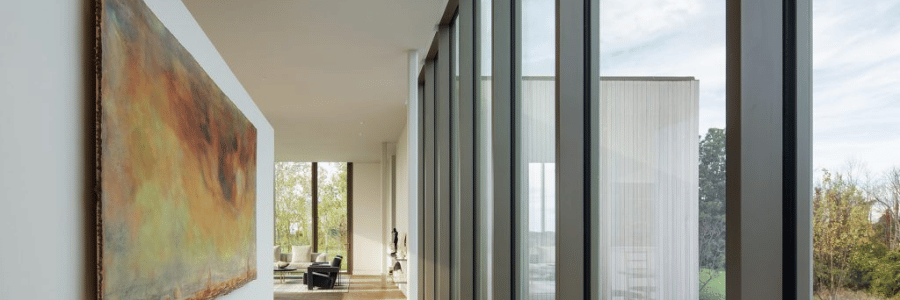
Choosing Windows for Hot-Humid Climates
In hot-humid climates, the challenge is to keep the home cool and manage humidity levels:
- Low-E Coating and Low SHGC: Similar to hot climates, these features help reduce heat gain while keeping interiors bright.
- Condensation Resistance: Windows with good condensation resistance help manage humidity levels and prevent mold growth.
- Ventilation Options: Windows that offer ventilation, such as awning or casement windows, can help improve air circulation and reduce humidity.
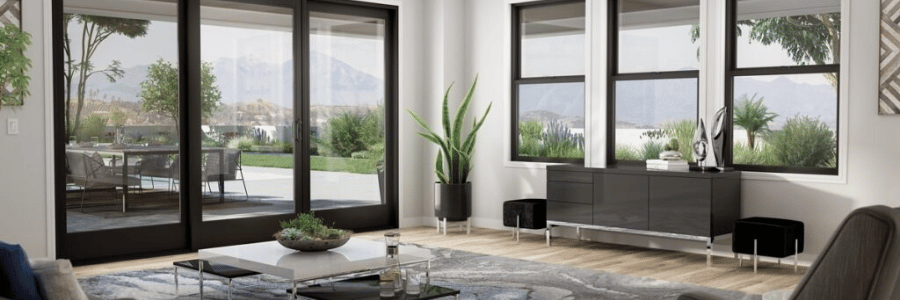
Additional Considerations
Regardless of your climate zone, there are a few additional considerations to keep in mind when selecting windows:
- Energy Star Certification: Look for windows that are Energy Star certified for your specific region to ensure they meet the necessary energy efficiency standards.
- Professional Installation: Proper installation is crucial to ensure windows perform as intended. Poor installation can lead to drafts, leaks, and reduced efficiency.
- Maintenance and Durability: Choose windows that are easy to maintain and have a long lifespan to ensure they continue to perform well over time.
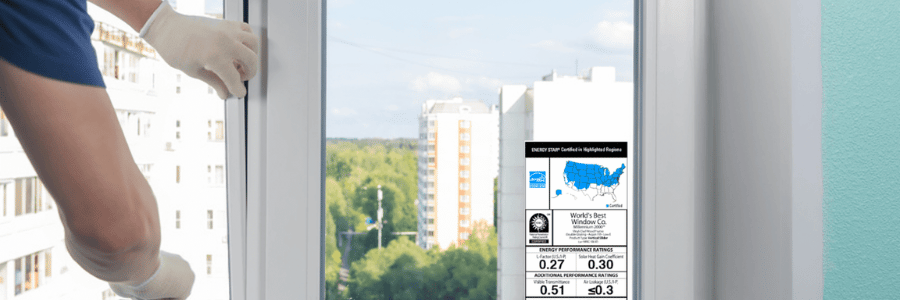
Conclusion
Choosing the perfect windows for your home’s climate zone involves understanding the specific challenges of your environment and selecting windows that offer the best performance, energy efficiency, and comfort. By considering factors such as glazing, coatings, and materials, you can ensure your windows not only enhance the beauty of your home but also contribute to a more comfortable and energy-efficient living space. Invest in the right windows to create a home that’s perfectly suited to its climate, providing year-round comfort and savings.

